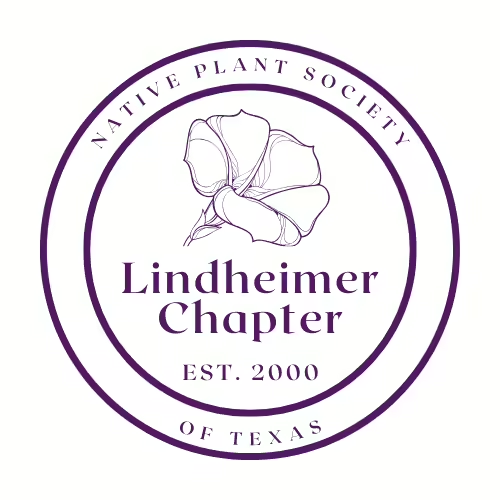September 19, 2023 @ 5:30 pm – 7:30 pm
Weston Neiman from Native American Seed presentation “Starting From Seed”. Everything about seeds has a bearing on their main purpose, to insure the continuation of life. Without plants, life as we know it would not exist on this planet. Native plants are the basis to every local food chain. All cellular energy comes from plants, by either consuming a plant or consuming something that already consumed a plant. So, how is it that something as small as a seed has so much power? Join us as we “dig” into the importance of planting native seeds, how to think like a seed, and how to successfully grow native plants from seeds.
The Chapter meeting begins at 5:30 PM with a social time. Weston Neiman Presentation will begin around 6:10PM
For those that wish to view the meeting on Zoom CLICK HERE for the Zoom Information
Meetings are at the Tye Preston Memorial Library. 16311 S Access Rd, Canyon Lake, TX 78133.






